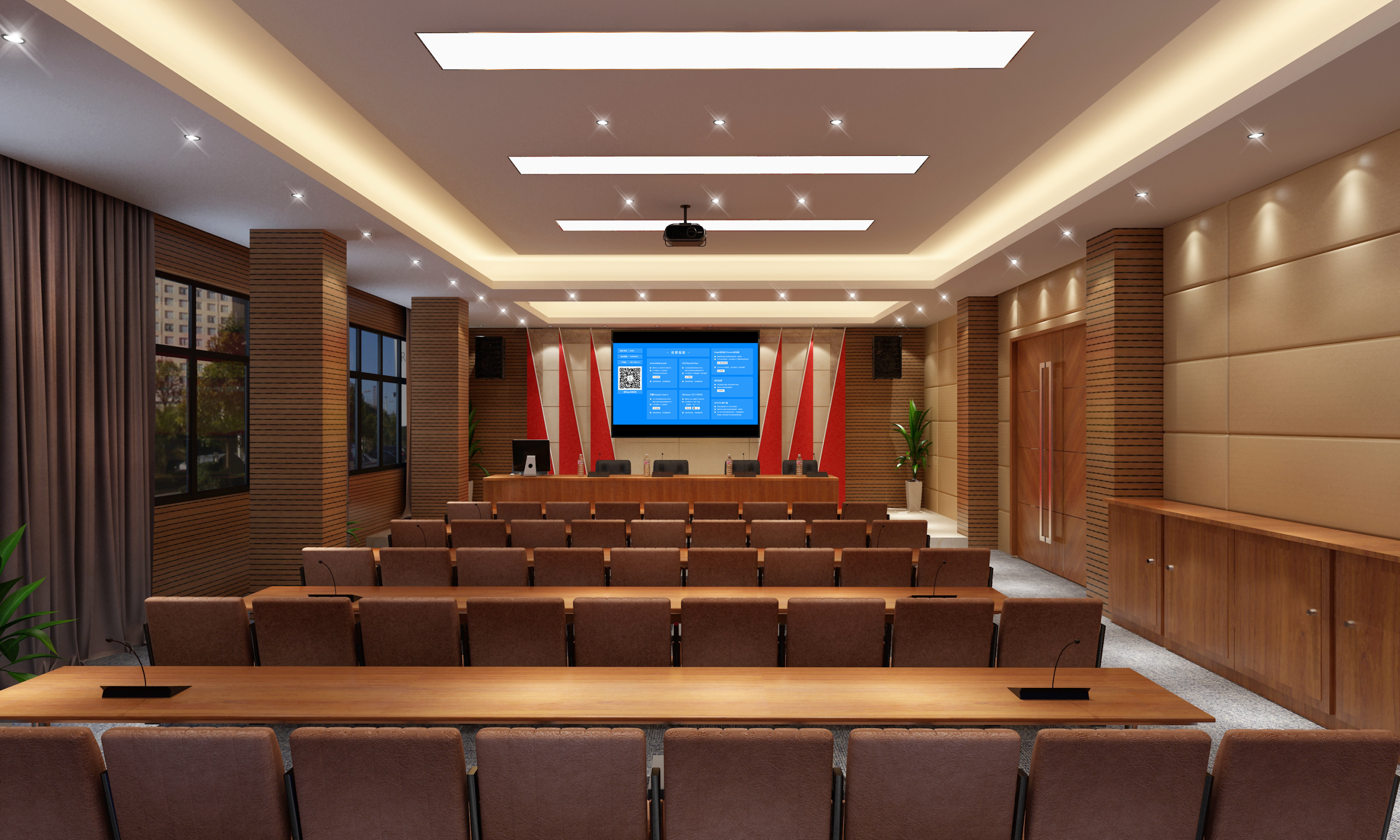Use This for Wireless Screen Mirroring SDK: Rapidly Upgrade Device Mirroring Capabilities
Want your self-developed devices (such as smart screens, conference terminals, and teaching terminals) to quickly have professional wireless screen mirroring capabilities? This screen mirroring device’s wireless screen mirroring SDK makes it easy! It supports flexible integration, multi-protocol compatibility, and full-scenario customization, covering smart education, enterprise office, and commercial display fields. Without starting from scratch, your devices can quickly gain stable and efficient wireless screen mirroring capabilities.
3 Steps to Complete Integration, Doubling Development Efficiency
No complex technical challenges, just a lightweight integration process:
- Obtain SDK Package: Provides SDK development packages compatible with Windows, Android, Linux, and other systems, including complete API documentation and Demo example code. Developers can quickly understand the calling logic, reducing learning costs.
- Simple Calling and Adaptation: Call screen mirroring functions with 3-5 lines of core code. Supports custom screen mirroring entry points (e.g., embedding in device system menus, independent function buttons) to adapt to the device’s original interactive logic, ensuring a seamless user experience upgrade.
- Rapid Testing and Launch: Provides testing tools and technical support. Can simulate multi-device screen mirroring scenarios to verify stability, reducing the average integration cycle to 1-2 weeks, significantly improving device R&D and launch efficiency.
Core Advantages: Wireless Screen Mirroring SDK Better Understands Custom Needs
Multi-Protocol Full Compatibility, Comprehensive Adaptation
- Supports mainstream wireless screen mirroring protocols such as Miracast, AirPlay, DLNA, and WiDi. After integrating the SDK, devices can be compatible with Windows, macOS, iOS, and Android terminals. Phones, computers, and tablets can all mirror smoothly, with a compatibility rate exceeding 98%.
- Supports custom protocol switches, allowing specific protocols to be enabled/disabled according to scenario needs (e.g., disabling entertainment protocols in educational settings, prioritizing high-definition protocols in office settings), balancing compatibility with scenario adaptability.
Flexible Function Customization, Aligned with Business Needs
- Interaction Customization: Supports customizing UI interfaces such as screen mirroring connection pop-ups, status prompts, and error feedback. Can be integrated into the device’s brand visual style to maintain consistent user experience. Supports custom hotkeys, voice control triggers, and other interaction methods to adapt to different device operating logics.
- Feature Expansion: Can call SDK interfaces to implement advanced features such as “multi-screen split-casting” (simultaneously receiving and displaying content from multiple devices in split-screen), “screen mirroring permission control” (setting whitelist devices, temporary authorization codes), and “content recording” (synchronous recording and archiving of mirrored content), meeting complex business scenarios.
- Data Linkage: Supports reporting of screen mirroring status data (e.g., number of connected devices, mirroring duration, content format). Can be integrated with device management platforms to achieve screen mirroring behavior monitoring and remote fault diagnosis, facilitating enterprise-level operation and maintenance management.
High-Definition and Stable Transmission, Performance Guaranteed
- After SDK integration, devices support 1080p Full HD screen mirroring, with 4K quality output possible in some scenarios. Screen mirroring latency is as low as 15ms, with precise audio-visual synchronization, no lagging or ghosting, meeting high-definition demands for teaching demonstrations, design presentations, and other needs.
- Possesses anti-interference optimization capabilities, maintaining stable screen mirroring even in environments with multiple connected devices and complex signals. The disconnection rate is below 0.1%, ensuring uninterrupted critical scenarios (e.g., public classes, important meetings), with performance comparable to professional screen mirroring devices.

Applicable to All Scenarios: SDK Empowers Devices in Multiple Fields
Smart Education Field: Teaching Terminal Upgrades
- After integrating the SDK into smart boards and interactive whiteboards, devices can directly receive screen mirroring from teachers’ computers and student tablets. It supports “lesson plan segment pushing” and “real-time annotation” functions, making operations more convenient for teachers without needing additional screen mirroring devices.
- Adapts to educational management platforms. Through SDK interfaces, screen mirroring permissions can be controlled (e.g., enabling mirroring only during class hours, restricting non-teaching content mirroring). Simultaneously, mirroring data can be reported to assist in teaching effectiveness analysis and contribute to the construction of smart classrooms.
Enterprise Office Field: Empowering Conference Devices
- After integrating the SDK into conference terminals and office large screens, devices can support multiple participants taking turns mirroring screens. It supports “window mirroring” (only displaying specified computer windows, protecting privacy) and “mirrored content annotation” (participants real-time annotation during discussions), improving meeting collaboration efficiency.
- Integrates with enterprise OA systems. Through the SDK, it can achieve “automatic opening of screen mirroring permissions after meeting reservation” and “automatic archiving of mirrored content to meeting minutes,” streamlining office processes and reducing manual operations.
Commercial Display Field: Terminal Function Expansion
- After integrating the SDK into advertising machines and self-service terminals, devices can support staff in quickly updating content via phone/computer screen mirroring, eliminating the need for USB drive copying. This meets the rapid content iteration demands of scenarios like shopping malls and exhibition halls.
- After integrating the SDK into hotel guest room TVs, guests can cast movies and photos from their phones to the TV, enhancing the accommodation entertainment experience. At the same time, hotels can control the type of mirrored content through the SDK to prevent the display of inappropriate content.
Practical Guarantees: More Peace of Mind for Enterprise-Level Services
- Technical Support: Provides 7×24-hour technical support. Can assist in resolving adaptation issues during the development phase and provide continuous iterative upgrades after launch, keeping up with system version updates (e.g., new phone system adaptation) to ensure long-term SDK usability.
- Secure and Reliable: SDK transmission content uses encryption protocols to prevent data leakage. Supports firmware-level security protection to prevent malicious attacks from invoking screen mirroring functions, complying with enterprise-level data security standards.
- Lightweight Integration: The SDK package is extremely small (minimum only 500KB), occupying minimal device system resources, without affecting the device’s original core functions. It is compatible with both old devices and high-performance terminals.
Whether for smart education terminals, enterprise conference devices, or commercial display products, integrating this screen mirroring device’s wireless screen mirroring SDK can quickly equip devices with professional mirroring capabilities, eliminating the cost and risk of developing from scratch, allowing devices to meet market demands faster and enhance product competitiveness.